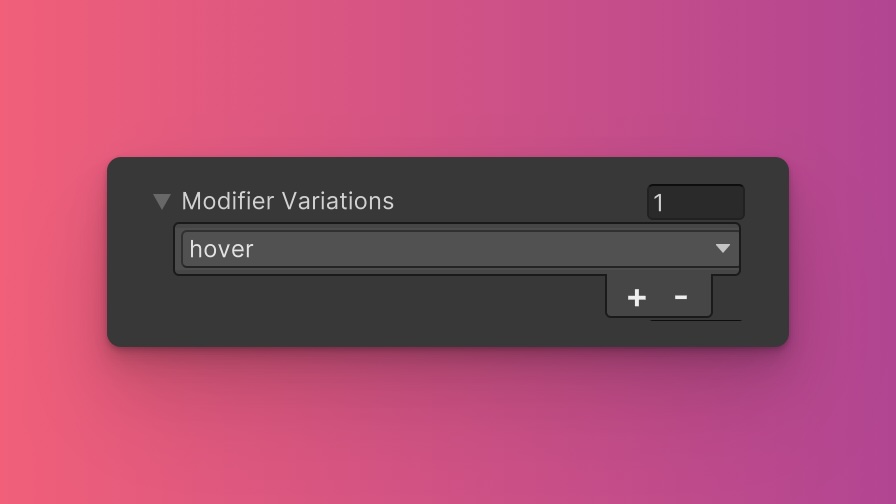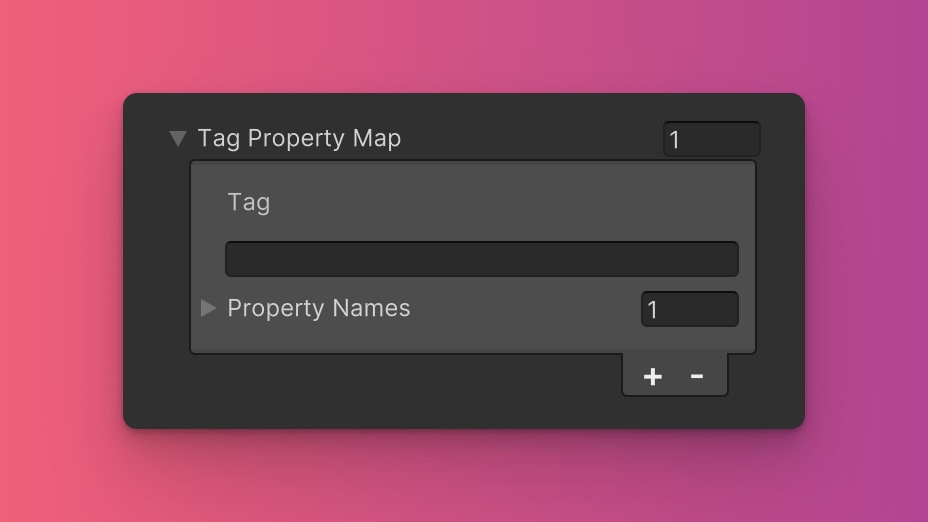Utilities
Position
The Position utility allows for precise control over an element's positioning within its parent container. This utility provides a way to define how elements are placed and oriented.
Utility Class | USS Properties |
|---|---|
| position-absolute | position: absolute; |
| position-relative | position: relative; |
Absolute Positioning
When you set an element to position-absolute, it breaks out of the normal document flow. This means it no longer affects the positioning of other elements and can be positioned freely within the bounds of its nearest positioned ancestor.
<ui:VisualElement class="position-absolute" style="left: 20px; top: 10px;">
<!-- This element is positioned absolutely within its parent -->
</ui:VisualElement>
Relative Positioning
Setting an element to position-relative keeps it within the document flow. This means the element will be positioned relative to its normal position in the layout.
<ui:VisualElement class="position-relative">
<!-- This element's position is adjusted relative to its normal position -->
</ui:VisualElement>
By leveraging these classes, you can achieve precise layout control, whether you need an element to stay in the natural flow of the document or require it to be placed at a specific location within its container.
Customize
Modifier Variations

You can customize which modifier variations of the Position utility are generated, such as pseudo-classes (e.g., hover, focus) and custom modifiers.
Position utility.By fine-tuning the utility variations, you maintain control over your stylesheet's size and complexity, ensuring that only necessary styles are included. To update these values:
- Open the Theme Config Asset: Find the asset within your Unity project.
- Navigate to the 'Utilities' Section: Locate the
Positionutility. - Adjust Modifier Variations: Select which modifiers you want to be generated for the utility. Keep in mind that the order of the modifiers will affect the order and specificity of the generated USS classes.
Class Tags and Properties

The Position utility generates classes based on predefined tags and their associated USS properties. While we recommend keeping these defaults for consistency and ease of reference in our documentation, you have the option to customize them to suit your project's specific needs.
These values are prepended to the defined values in this format tag-{value}. If a tag is empty, the generated class will simply be the value by itself.
Here are the default tags and the USS properties they set for the Position utility:
- position : position
To customize these tags and properties, you can edit the Tag Property Map field for the Position utility in the Theme Config asset. This allows you to define new tags or modify existing ones, thus tailoring the generated classes to your preferences.
Extending Core Fields
The Position utility does not extend any fields from the Core section of the Theme Config asset. Before you try to extend any fields, we recommend checking Unity's documentation to verify which types of values are expected by the relevant USS properties.
To customize or define these extended fields:
- Open the Theme Config Asset: Locate the asset within your Unity project.
- Navigate to the 'Utilities' Section: Find the
Positionutility. - Customize Extend Fields: Modify or add fields in the
Extend Fieldsarray to change the core configuration values that are extended. You'll only be able to extend fields of the same type.
Disable Utility
The Position utility is enabled by default. You can disable it by unchecking the Enabled option in the Theme Config asset. This will prevent the generation of the utility's styles.